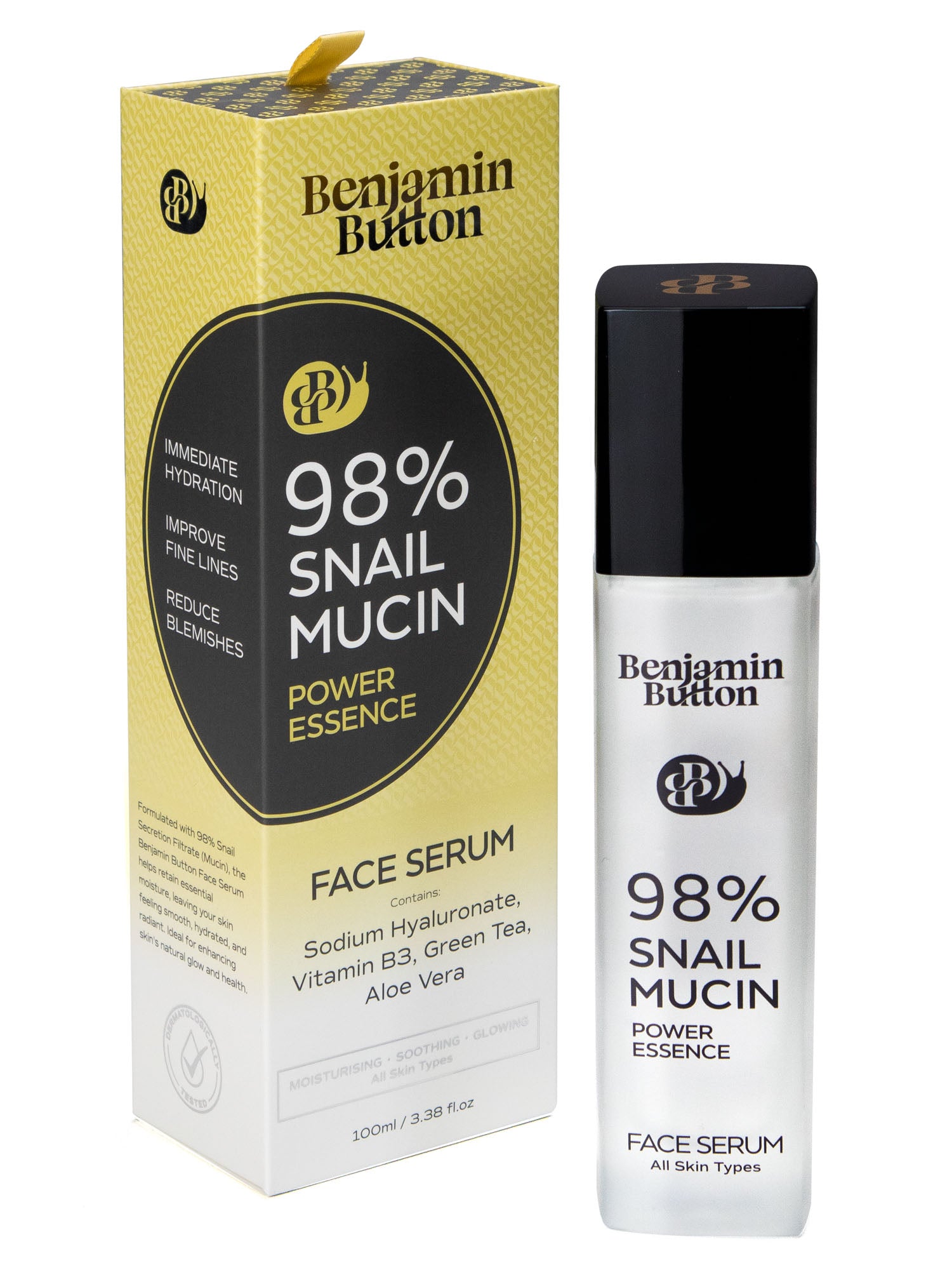TUV Proposes Casement Name Change After British Royal
The recent proposal by TUV (Tactical Utility Vehicle) to potentially change the name of their popular casement model has stirred up quite the conversation among automotive enthusiasts and royal observers alike. With ties to the British royal family influencing this move, the implications extend well beyond branding.Three Major Benefits of the Proposed Name Change
- Enhanced Brand Image: Aligning the vehicle with a more royal and dignified name can elevate TUV's brand perception, attracting customers who value tradition and elegance.
- Increased Market Appeal: A name associated with nobility may resonate with a broader audience, particularly among those looking for a prestigious vehicle that infuses a sense of heritage into modern design.
- Unique Positioning: In a crowded automotive market, a distinctive name changes the narrative and positions TUV in a segment that appeals to luxury-minded consumers.
Does the Product Work for Its Intended Concern?
TUV’s casement model has been well-regarded for its reliability and performance. The change in name aims not only to beautify its market presence but also reflects the brand's commitment to quality and innovation. Current users have expressed satisfaction with its functionality and performance capabilities. Supporting evidence can be found in several automotive reviews, which highlight the casement's smooth handling and advanced engineering. Many users report that it stands up well against the competition in terms of durability and comfort.Preparation Before Using the Vehicle
Before utilising the TUV casement, potential owners should consider a few preparatory steps to ensure optimal use:- Cleansing: Ensure the vehicle is clean for a better aesthetic experience, as a polished appearance can emphasise its elegance.
- Patch Testing: While generally not applicable to vehicles, new owners should familiarize themselves with the vehicle’s features through test drives or reviews.
Three Practical Tips for Using the TUV Casement Effectively
- Your Comfort Zone: Take time to adjust the seating and climate controls to suit your preferences before hitting the road.
- Explore Features: Fully explore all available features, such as performance settings or in-car technology, to ensure you're getting the most out of your driving experience.
- Regular Maintenance: Keep up with regular maintenance checks as suggested by the manufacturer to ensure reliability over time. This not only helps in maintaining performance but also upholds the vehicle's premium image.
Customer Reviews and Ratings
Researching ratings across trusted automotive platforms reveals a spectrum of customer experiences: - **Positive Feedback:** Many users commend TUV's casement for its reliability, comfort, and performance. Comments often highlight the vehicle's smooth ride and robust features. - **Neutral Reviews:** Some customers feel the casement could benefit from more technological enhancements but still regard the vehicle as a solid performer. - **Negative Experiences:** A few reports indicate dissatisfaction with customer service and after-sales support, although this seems to be an outlier rather than the norm. Overall, the casement maintains a strong average rating, favourably compared to other models in its class.Reported Reactions and Who Should Avoid the Vehicle
While the TUV casement has a strong reputation, a minority of users have reported mild reactions such as discomfort with specific materials used in the interior, suggesting a preference for synthetic over leather finishes. Individuals with allergies to certain materials should bear this in mind and consider a thorough examination of all aspects before purchase. It is also advised that they consult with an expert if there are any concerns about materials used in the vehicle's construction.Competing Products in the Market
When exploring alternatives to the TUV casement, three notable competitors emerge:- Model A: Known for its technological prowess, boasting an advanced infotainment system and superior safety features.
- Model B: Highlights luxury finishes and exceptional customer service, often leading in consumer satisfaction ratings.
- Model C: Offers remarkable fuel efficiency and eco-friendly options, appealing to environmentally-conscious drivers.
In conclusion, TUV's proposal to change the casement name ties back to its strategic branding aligned with the British royal image, capitalising on both heritage and luxury. While it is fundamental for the company to ensure that the product lives up to its enhanced name through quality and customer satisfaction, the ongoing conversation around this name change highlights the evolving dynamics in the automotive industry.





















